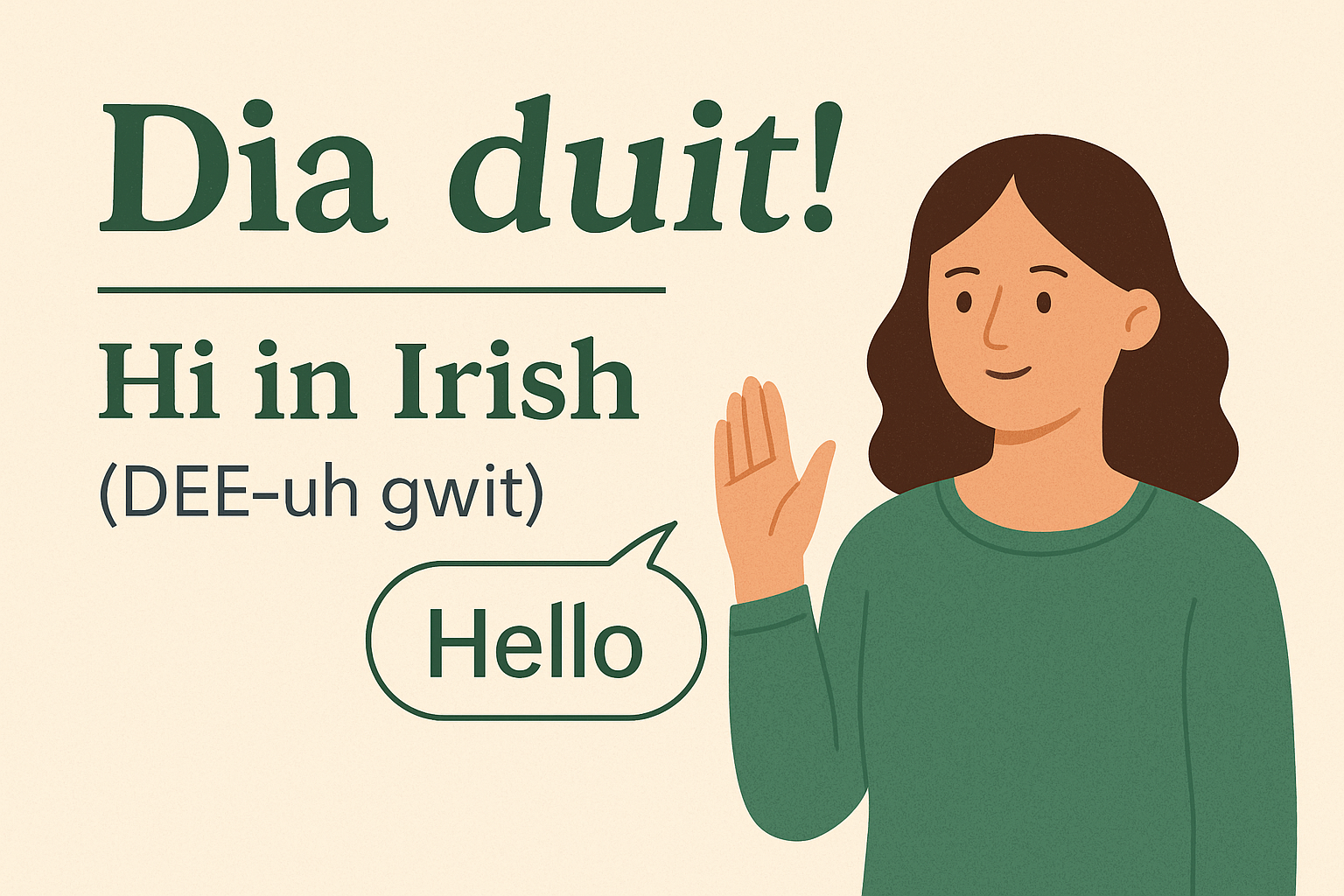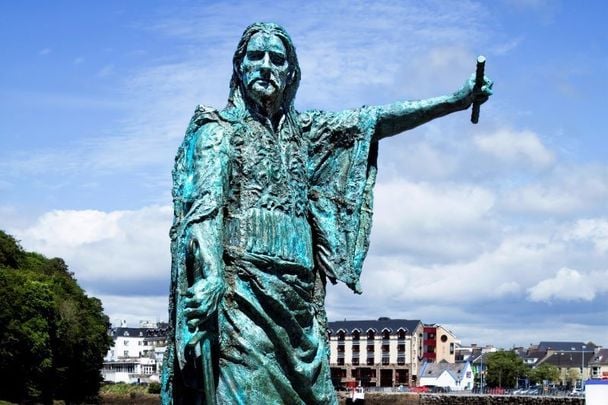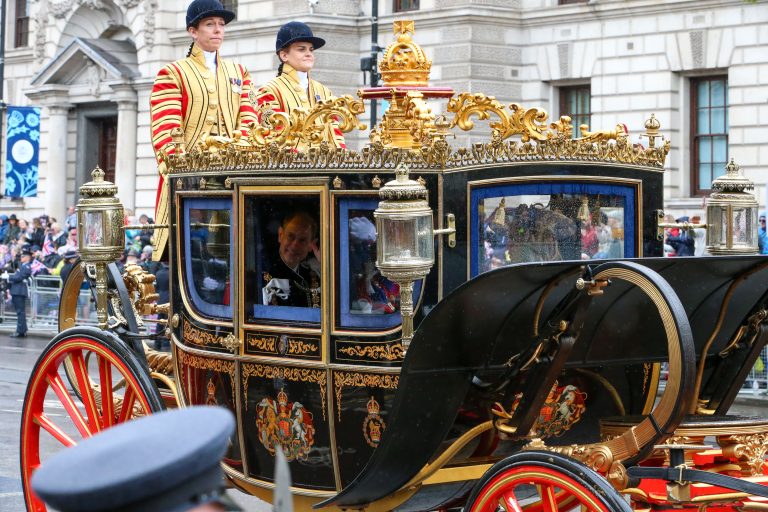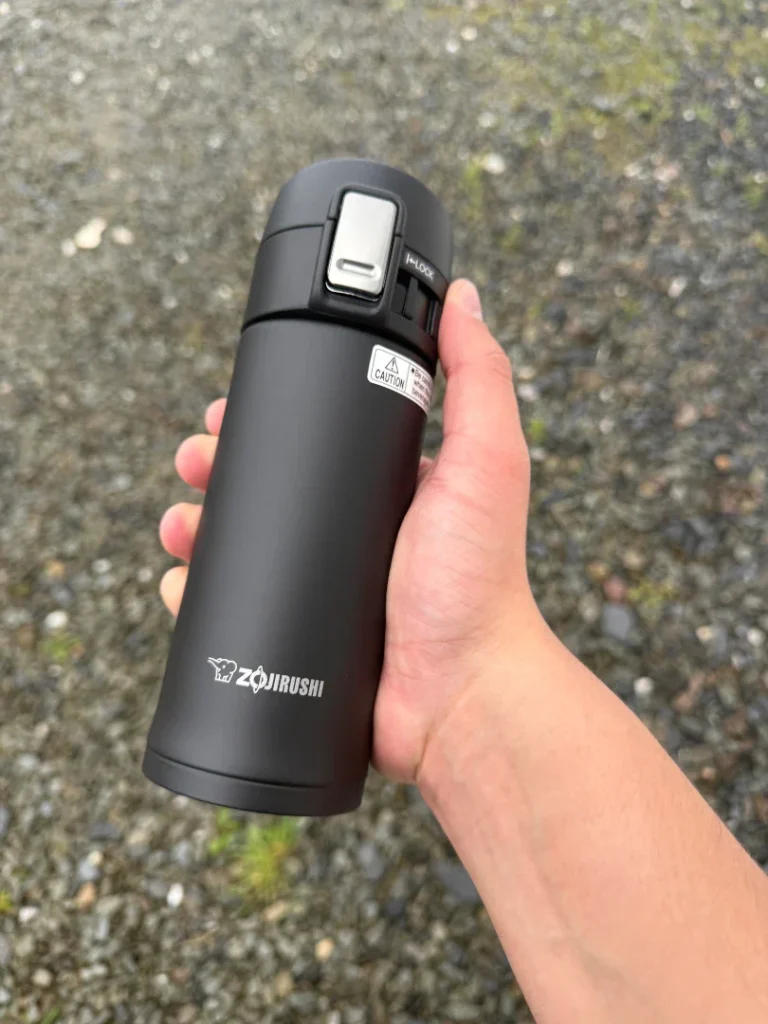If you’ve ever wondered how to say “hi in Irish”, you’re not alone. Millions of people search for this phrase every year, especially around St. Patrick’s Day when Irish culture takes the global stage.
But the truth is, greeting someone in Irish is about much more than just saying “hello.” It’s about connecting with one of the oldest living languages in Europe, a language rich in poetry, spirit, and subtle sounds that don’t always line up with English spelling.
So, let’s take a deep dive into Irish greetings and goodbyes, learn the subtle differences between dialects, uncover the mystery of Dia duit!, and even explore how to answer when someone greets you in Irish.
👉 If you want to practice your first phrases straight away, check out this guide to speaking a wee bit of Irish for an easy introduction.
The Most Common Greeting: “Dia duit!”
The traditional and still most common way to say hi in Irish Gaelic is:
Dia duit!
This phrase literally means “God to you” or “God be with you.”
For a beginner, it’s a tricky little phrase—not because of its spelling, but because of the way it’s pronounced differently across Irish dialects. That’s why when people search for hi in Irish pronunciation, they often find multiple answers.
In Connacht Irish, “duit” tends to sound closer to “dhuit,” giving rise to the spelling variation: Dia dhuit. In Munster and Ulster, the “dh” sound has subtle differences, which makes mastering it a challenge for English speakers.
So, while “hello hi in Irish Gaelic” is always some form of Dia duit, the way it sounds in Dublin may not be quite the same as in Galway or Donegal.
Dia duit vs Dia dhuit Pronunciation
One of the first confusing things learners encounter is the Dia duit vs Dia dhuit pronunciation debate.
-
Dia duit is the standard spelling.
-
Dia dhuit reflects how it’s actually pronounced in many regions.
That “dh” sound doesn’t really exist in English, and that’s where learners often stumble. Think of it as a soft, throaty sound somewhere between a “y” and a “w.”
This is why listening to native speakers is essential when learning Irish greetings and goodbyes. No matter how many pronunciation guides you read, your ear has to train itself to hear the difference.
How to Pronounce the “D” in Dia
The first word, Dia, is where many learners start.
-
Dia is the Irish word for God.
-
It always takes a capital “D.”
-
Like in French (Adieu) or Spanish (Adiós), references to God often sneak into greetings. Even in English, goodbye comes from God be with ye.
But here’s the fun twist: Irish consonants can be slender or broad, and this affects pronunciation.
-
A broad “D” (flanked by a, o, u) sounds like the English “d” in door.
-
A slender “D” (flanked by i, e) sounds closer to “j” as in Jerry.
That means Dia is not simply “dee-ah.” Depending on the dialect, it leans toward “jee-ah” or “dyah.”
The Slender “D” Sound in Irish
This is where regional variety kicks in.
-
Munster Irish: softer slender “d,” almost whispered.
-
Connacht Irish: sharper, closer to a strong “j.”
-
Ulster Irish: somewhere in between.
So, when you say Dia duit, you’re already stepping into the musical differences of Irish dialects.
“Duit” = To You
The second part, duit, literally means to you. So when you say Dia duit, you’re really saying:
👉 God be with you.
That makes it one of the most meaningful ways to say hi in Irish Gaelic.
And if you want to be extra formal, the full phrase is:
Go mbeannaí Dia duit (May God bless you).
The Reply: “Dia is Muire duit”
Irish greetings are not one-way. When someone says Dia duit, the polite reply is:
Dia is Muire duit.
(God and Mary be with you.)
Here, the word is is a shortened form of agus (and). It’s a cultural layering of blessings, where the first speaker calls God into the moment, and the second speaker adds Mary for extra reverence.
How to Say “How Are You?” in Irish
Once you’ve mastered “hi,” you’ll want to ask, how are you in Irish? Here’s where dialects matter again:
-
Connacht Irish: Cén chaoi a bhfuil tú?
-
Munster Irish: Conas atá tú?
-
Ulster Irish: Caidé mar atá tú?
All three mean “How are you?”, but depending on where you travel, you’ll hear different versions.
👉 Don’t stress about picking the “right” one. Learn them all, but use whichever feels easiest for now.
Irish Greeting Slang
Of course, not every Irish greeting comes from the deep well of tradition. Just like in English, slang plays a role. In casual speech, you’ll sometimes hear phrases like:
-
How’s the craic? (meaning “How’s the fun?” rather than literal “crack”)
-
Alright, lad? (Ulster, informal)
-
Story? (short for “What’s the story?”)
These belong more to modern Irish English than pure Gaelic, but they’re part of the everyday greeting culture in Ireland. So, if you’re looking for Irish greeting slang, be prepared to hear a mix of Gaeilge and Hiberno-English.
Irish Goodbyes
If you’re learning Irish greetings and goodbyes, don’t stop at “hi.” Farewells matter too.
-
Slán = Goodbye / Safe
-
Slán leat = Goodbye (to one person)
-
Slán libh = Goodbye (to multiple people)
-
Slán go fóill = Bye for now
These phrases tie into the Irish sense of blessing, wishing safety and goodness upon the person as they go.
Why Is Irish Pronunciation So Tricky?
Learners often struggle with hi in Irish pronunciation because:
-
Regional Dialects – Connacht, Munster, and Ulster Irish all differ.
-
Silent Letters – Just like English “knife” or “knight,” Irish preserves spellings long after sounds change.
-
Sounds Not in English – The slender consonants, especially dh, ch, gh, don’t map neatly to English equivalents.
That’s why many learners use English to Irish guides or start with phonetic spellings before diving into the authentic versions.
English to Irish: Why It Matters
When people search English to Irish, they’re often looking for simple translations. But Irish isn’t just a code to crack—it’s a living, breathing system that requires understanding sound patterns and cultural context.
For example, translating “hi” directly doesn’t work. The Irish Dia duit carries religious, historical, and cultural weight. It’s not just a polite noise—it’s a blessing.
FAQs About Saying Hi in Irish Gaelic
1. How do you say “hi” in Irish?
The most common way is Dia duit!, meaning “God be with you.”
2. What is the difference between Dia duit and Dia dhuit?
Dia duit is the spelling, Dia dhuit reflects common pronunciation in Munster and Connacht Irish.
3. What is the proper Dia dhuit pronunciation?
Think of a soft “dh” sound, somewhere between “y” and “w.” It does not exist in English and varies by dialect.
4. How do you ask “how are you?” in Irish?
-
Connacht: Cén chaoi a bhfuil tú?
-
Munster: Conas atá tú?
-
Ulster: Caidé mar atá tú?
5. Are there informal Irish greetings?
Yes—phrases like How’s the craic? or Story? are common casual greetings.
6. How do you say goodbye in Irish?
The simplest farewell is Slán! (safe / goodbye).
Tips for Learning Irish Greetings
-
Listen more than you read – Pronunciation can’t be mastered by text alone.
-
Pick one dialect – Start with Connacht, Munster, or Ulster, then expand later.
-
Practice with natives – Language apps help, but real conversation cements it.
-
Learn greetings first – They’re the easiest entry point into conversational Irish.
👉 Want a fun start? Try this quick guide on how to speak a wee bit of Irish.
Why Learning “Hi in Irish” Matters in 2025
Google’s Helpful Content Updates now prioritize cultural authenticity, expert-backed content, and user experience. That means if you’re learning hi in Irish Gaelic today, you’re not just after a quick translation—you want context, history, and authentic usage.
And Irish, as a language, is thriving. With more learners than ever on Duolingo, university courses, and community Gaeltacht programs, the phrase Dia duit is becoming a bridge between tradition and modern identity.
Final Thoughts
Saying hi in Irish is about much more than two little words. Dia duit! carries centuries of cultural resonance, subtle dialectical sounds, and even a blessing in every syllable. Whether you’re practicing Dia dhuit pronunciation, learning how to say how are you in Irish, or exploring Irish greeting slang, you’re stepping into a living heritage.
So next time you greet someone with Dia duit, remember—you’re not just saying hello. You’re wishing them God’s blessing, participating in a tradition that spans centuries, and keeping alive one of Europe’s most poetic languages.
And if you want to keep learning, don’t forget to check out this resource on speaking a wee bit of Irish—because every phrase you learn is another way to connect with Ireland’s heart and soul.






